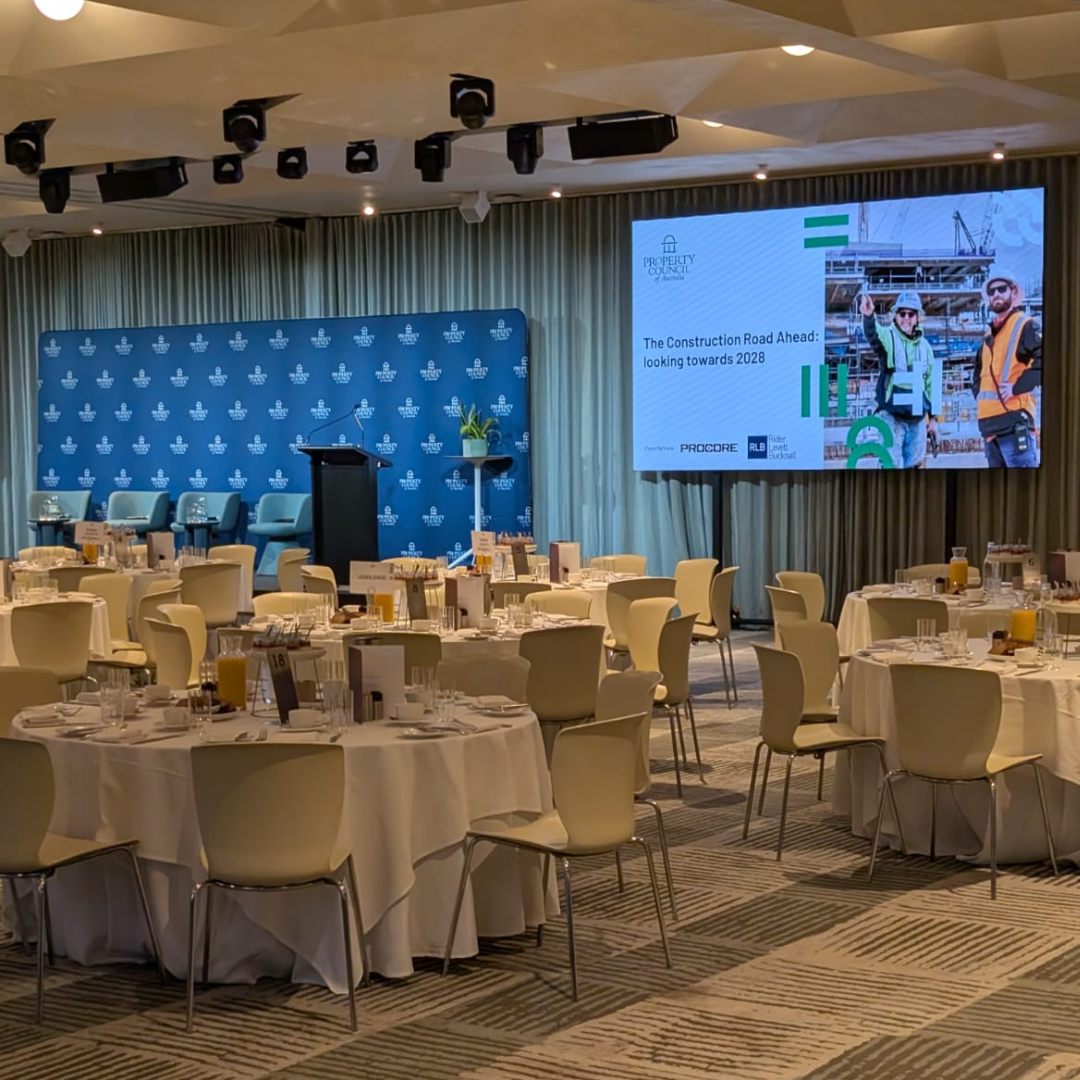By Vivid Recruitment
•
April 9, 2025
When it comes to pushing the boundaries of design, sustainability, and technology, Australian architecture firms are punching well above their weight. From outback eco-retreats to skyline-defining towers and community-first cultural centres, our homegrown talent is turning heads on the global stage - and not just because of our sun-soaked aesthetics. At Vivid Recruitment, we work closely with some of the most forward-thinking practices across the country, so we see first-hand how Aussie architects are blending creativity, sustainability, and clever tech to reshape the way we live, work, and interact with our built environment. Here’s how Australian architecture is leading the charge in innovation - and the studios that are setting the pace. Sustainability as Standard Australian architecture firms have long been champions of designing with the climate in mind - because, let’s face it, we know a thing or two about heatwaves, bushfires, and extreme weather events. But beyond responding to nature, many studios are proactively designing for the future. BVN is a leader in this space, recently collaborating with global partners on the Prototype Zero, a mass timber commercial tower that could revolutionise high-rise construction by dramatically reducing embodied carbon. Similarly, DesignInc continues to integrate biophilic design principles across health, education, and transport sectors, proving that green thinking isn’t a buzzword - it’s business as usual. Firms like MODE Design , known for their work in sport and recreation, also weave sustainability into their designs. Their commitment to energy-efficient, community-driven spaces is transforming the way we think about sports facilities and public infrastructure. Smart Tech, Smarter Design Innovation doesn’t stop at sustainability. Australian firms are also early adopters of design technology, from AI-assisted design processes to parametric modelling and modular construction. Koichi Takada Architects , for example, are known for their use of natural forms and digital tools to create immersive, sculptural spaces. Their recent work on the National Museum of Qatar’s interiors brought together tradition and tech in spectacular fashion. Meanwhile, Grimshaw (with studios in Melbourne) is combining high-performance engineering with cutting-edge design tech to create smarter infrastructure - whether that’s rail hubs, airports, or city-shaping precincts. Creativity That Doesn’t Compromise Innovation isn’t just about materials and machines - it’s about ideas. And Australian architects are embracing social, cultural, and Indigenous narratives in their designs like never before. Architectus + GHD + BVN led the consortium behind the new Powerhouse Parramatta, one of the largest cultural infrastructure projects in Australia. This project doesn’t just look stunning - it’s reshaping how we think about civic and cultural spaces, with flexible, multipurpose design, deep community engagement, and cutting-edge sustainability. Then there’s Edition Office , a firm that’s racking up awards for its thought-provoking work blending architecture with socio-political commentary - like the Conversation Plinth , a public pavilion designed in collaboration with artist Yhonnie Scarce. Designing for the 2032 Brisbane Olympics With the countdown to the Brisbane 2032 Olympics well and truly underway, architects working in public infrastructure, transport, sport, and urban regeneration are stepping into the spotlight. This isn’t just a sporting event - it’s a once-in-a-generation opportunity to reimagine entire precincts, prioritise sustainable growth, and create long-lasting community legacies. Firms like Populous , the global sport and entertainment architecture powerhouse with strong ties in Australia, are already deeply embedded in early-stage planning. Their work on venues like the Queensland Country Bank Stadium and Sydney’s Accor Stadium shows their knack for designing crowd-centric, atmosphere-rich spaces that don’t compromise on functionality. We’re also seeing innovative local practices such as Cox Architecture and Buchan bring their expertise in large-scale, civic-led architecture to the fore. From transport interchanges to aquatic centres, these firms are helping shape an Olympic Games that reflects Australia’s best: inclusive, sustainable, and built to last well beyond 2032. What’s especially exciting is how these projects are fusing Indigenous perspectives , green design , and future-proofing into every aspect of the brief. It’s not just about meeting the moment - it’s about designing for generations to come. Opportunity Knocks Loudly With billions being invested in new venues, upgraded infrastructure, and community precincts, there’s enormous opportunity for architects, urban designers, and project leads to play a role in this historic transformation. If you're someone with experience in public projects, civic architecture, or major infrastructure, now’s the time to get involved. At Vivid Recruitment , we’re already partnering with firms working across Olympic-related projects in Queensland and beyond. If you want to be part of something big - really big - let’s chat. Exporting Aussie Ingenuity Aussie architects aren’t just shaping Australia - they’re influencing the world. Firms like Woods Bagot and Hassell have studios and projects across the globe, bringing Australian design thinking to New York, London, Singapore, and beyond. Their approach is collaborative, contextually aware, and unapologetically bold. Whether it’s reimagining workplaces, redefining transport, or restoring heritage, these global firms are proof that Australian innovation travels well. What This Means for Candidates (and Clients) Innovation doesn’t happen in isolation - it takes brilliant minds and brave ideas. As demand grows for sustainability-focused design, digital literacy, and a strong cultural lens, architecture professionals across Australia have more opportunity than ever to shape meaningful, future-ready projects. At Vivid Recruitment , we’re proud to support firms at the forefront of this change - and help place top talent into roles where they can truly thrive. Whether you’re an Architect passionate about climate-positive design, a BIM whiz with a knack for parametric modelling, or a Practice Leader ready to drive innovation in your team, we’re here to help you make your mark. Contact us Australian architecture is not just keeping pace - it’s setting the pace. With innovation woven into every aspect of the design process, it’s an exciting time to be part of the industry. Whether you're a candidate or a client, we’d love to help you be part of what’s next. Get in touch with Vivid Recruitment today - because the future of architecture is happening right here, right now.










